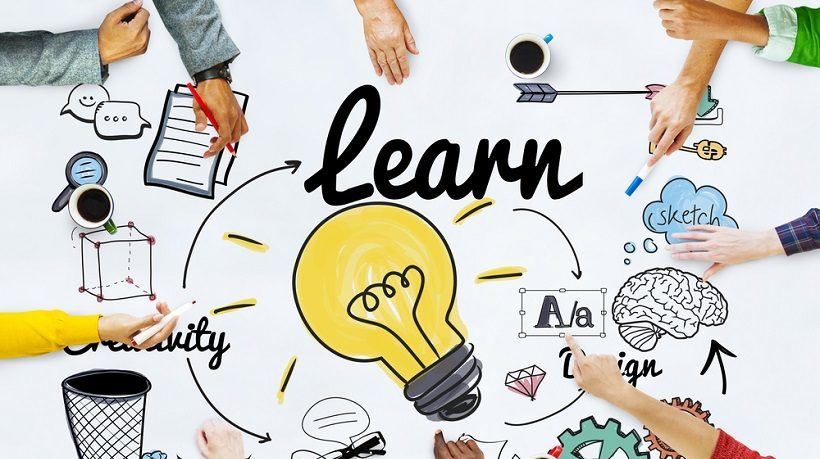Why Practice Is Crucial For Mastering Deeper Learning
Patti Shank, PhD, author of the Make It Learnable series, is allowing our readers to read portions of her new books. This article comes from Practice And Feedback For Deeper Learning.
Practice is where people apply what they are learning. Jim Williams and Steve Rosenbaum, authors of the book Learning Paths, describe a much-too-common problem in training adults in the workplace. The problem is that people are supposedly “trained”, but then are less-than-proficient performers. They make costly mistakes and cannot perform at the desired level.
Williams and Rosenbaum say it often takes a very long time for new hires to become independently productive. They define “independently productive” as the point in time when a person can do what they need to do without needing a lot of help or making a lot of mistakes. Getting people to this state, which they call time to proficiency, is the most significant contribution training organizations can offer.
I’d add this: Too many training organizations miss this as their primary purpose and do not put into practice what we must do to make this happen. (This is one of the reasons I’m writing the Make It Learnable book series, part of which is Practice and Feedback For Deeper Learning. The learning sciences have so much to offer us in how to improve this situation.)
What Williams and Rosenbaum and many training researchers tell us is the difference between inadequate performers and independently productive performers is the right type and amount of practice.
- Ηow much practice do people need? A lot. Here are some of the reasons people need a lot of practice:
- People must connect what we are teaching with what they know. It isn’t a simple matter.
- Human memory is slow and gets overloaded quickly. Overloading means little or no learning can happen.
- When bombarded with a lot of information, people forget most of it.
- The training methods that help people learn, remember, and maintain knowledge and skills are not used. We must use them!
Research tells us the right type of practice:
- Has specific goals.
- Matches the challenge level to current skill level and prior knowledge.
- Offers adequate practice to meet the goals.
- Supplies the right kinds of feedback.
1. Specific, Goal-Oriented Practice
Training starts with specific and measurable goals. Training goals come not from content but from what people need to be able to do on the job. Training that doesn’t come from a job context is often just a content dump. And content dumps are poor ways to teach people. Unless we know what people do with that knowledge, we are unlikely to develop deep learning that helps people apply what they learn.
2. Match Practice To Current Skill Level And Prior Knowledge
Learning is cumulative and builds on what people already know. What we know and can do serve as a foundation or building blocks for learning new things. For example, in this book, I use some examples of training two-factor authentication. A person who has never had to authenticate their identity—such as at a bank, when trying to cash a check, or has never used a computer and passwords—would have a difficult time understanding this concept.
For people with less prior knowledge, we’d train differently and start at a different point. We’d learn what authentication means, why we need to authenticate, how to authenticate your identity, and where you might need to authenticate your identity. Stories could help: Calum’s mom had her Social Security payments stolen, and Eva’s checks bounced. To start, build practice around some basic ideas: Where might someone expect to be authenticated? The bank? The swimming pool? The grocery store? Work up to practicing two- factor authentication.
3. Adequate Practice
How much practice is adequate? While analyzing the job context (Strategy 1), we need to figure out (usually with stakeholders) the level of skill people leaving training should have (Figure 3.5). How much practice will get people to that level? How will people maintain skills that are rarely used? How will people get adequate practice?
Figure 3.5 Continuum from beginner to expert performer

We must realize that, if people don’t immediately use what they learned, what they learned will start to decay. We must help stakeholders understand what is needed for people to gain and keep needed skills.
In the second part of this article, Mastering Deeper Learning, Part 2: Feedback, I will discuss why the right kind of practice supplies the right kind of feedback, as well as the several roles that feedback plays during instruction.








